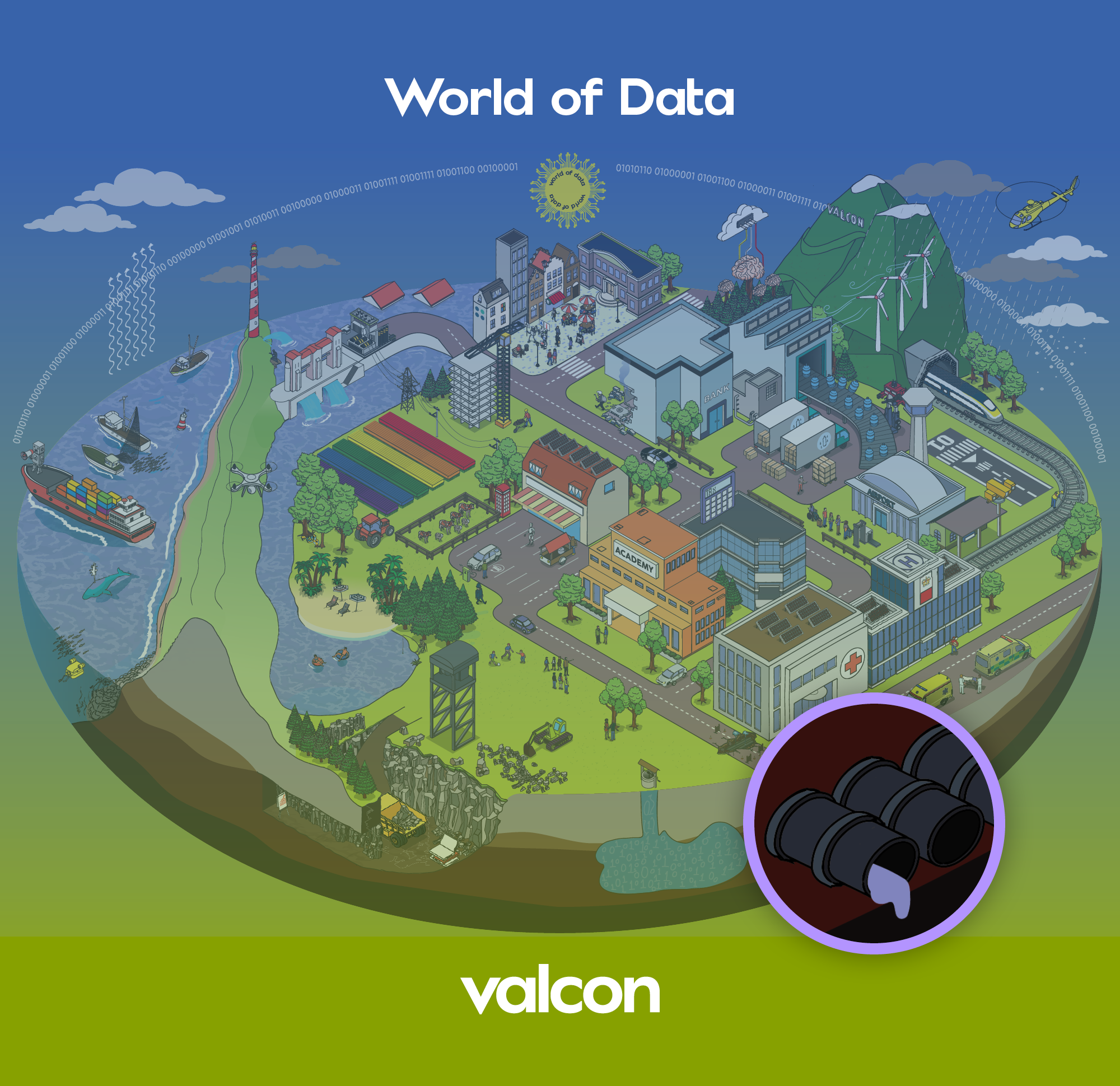In the digital age of high volume, real-time data flows, maintaining the health and efficiency of data pipelines is critical. And data catalogues have a critical role to lay in transforming data pipeline monitoring. But beware – not all data catalogues are created equal.
Data pipelines are the backbone of modern data-driven enterprises and facilitate the seamless flow of data from source systems, through various transformational and analytical stages to its destination. Making sure these pipelines operate smoothly and efficiently can be a headache for data teams, particularly when you bear in mind the increasing volume and complexity of data.
Time is of the essence
One of the most significant challenges for teams is being able to identify and resolve issues within data pipelines quickly enough. Delays or disruptions can lead to inaccurate analytics, problems with business operations or compliance failures. The last could land you in hot water with the regulator, with the organisation potentially looking at a big fine and a dent in its reputation. So the latest generation of data catalogues really do play a vital role.
What do data catalogues do?
Data catalogues serve as centralised repositories of metadata, providing a 360-degree view of the data ecosystem. Where their traditional use has been in data discovery and governance, the latest data catalogues have inbuilt monitoring capabilities. This enables them to continuously analyse pipeline activities, flagging potential issues and alerting users in real-time, while giving the data team the tools they need to sort out any of the issues that have been identified.
Imagine a scenario where really critical data – say patient data in a hospital setting, or compliance data in a bank – fails to deliver updates as expected. If there isn’t proactive monitoring in place, the problem might go unnoticed for a time, which could skew analytics used for decision-making. In these situations, the repercussions could be disastrous.
Monitoring, identifying and resolving
If a data catalogue equipped with pipeline monitoring capabilities was in place, it could quickly detect anomalies and alert data engineers, analysts and anyone else affected by the problem.
And it’s not just identifying the issue – data catalogues can help with issue resolution by providing contextual information about pipeline components. When an alert is raised, users can immediately access the right metadata, such as responsible parties, schema details, data lineage and data dependencies. This speeds up troubleshooting efforts, which minimises downtime and protects the integrity of the data.
Next-gen data catalogues
The most advanced data catalogues use historical metadata and machine learning algorithms to anticipate any potential issues based on patterns and deviations. Being proactive helps organisations address underlying problems before they escalate, meaning they can maintain uninterrupted data flows.
Data catalogues promote collaboration among cross-functional data management teams. They enable this shared understanding of data pipelines, which means stakeholders can work collaboratively to optimise performance and address any systemic issues.
In a nutshell, not all data catalogues are created equal. But if you invest in the right one, it (a) enhances operational efficiency and (b) instils confidence in data-driven initiatives. The leading ones are revolutionising data pipeline monitoring and empowering organisations to minimise any risk to critical data flows. The upshot is that data professionals can easily traverse data ecosystems and maximise the value of their data assets. What’s not to love about a data catalogue.
Want to know more?
If you would like to speak to someone at Valcon about the right data catalogue for your organisation, get in touch with Richard Hughes at [email protected].
If you want information about Valcon’s data offerings, take a read here, or dive into Valcon’s World of Data.













